44+ Horror Movies Based on Video Games
Explore this definitive list of horror movies adapted from video games to experience a different side of the games you love, and maybe even find a few you never knew existed.
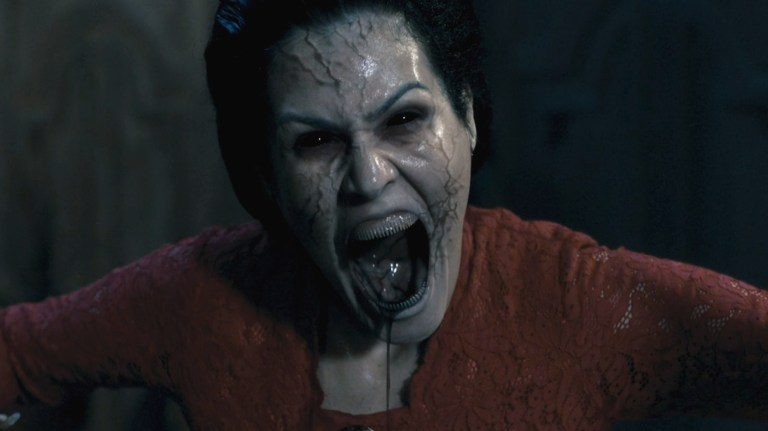
Table of Contents
The growth and evolution of horror games over the past few decades is remarkable. From early examples like Haunted House released on the Magnavox Odyssey in 1972, to modern classics like 2021’s Resident Evil Village, horror video games have evolved into a complex, diverse, and sophisticated art form. A plethora of scary stories exist within the medium, and filmmakers have adapted some of those stories into movies.
Ranging from cheap and dumb to artful and amazing, horror movies based on video games make up an eclectic collection. There are lots of zombies and various other monsters to be found in this niche sub-genre, but there are also psychological horror and surprisingly moving narratives in certain examples. The following list includes every horror movie we know of that is adapted from (or inspired by) a video game.
Live-action and animated movies are both included, but no short films or TV/streaming series are included (with a couple of unavoidable exceptions). Also, franchises consisting of multiple movies are grouped together under one heading, but each separate movie is still listed within the section. For example, the Paul W.S. Anderson Resident Evil movies have one overall description, but the title of each individual movie is listed beneath that description.
Every Horror Movie Adapted from a Video Game
Otogirisou (aka St. John’s Wort, 2001)
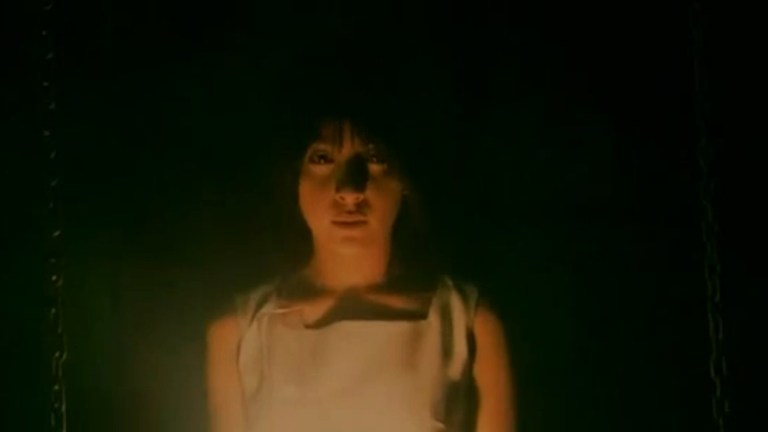
The Movie’s Plot: A woman named Nami visits the old house she’s inherited from her estranged father. Nami is joined by her ex-boyfriend Kohei who is along for the ride to get some inspiration for a horror game he and his friends are working on. While exploring the house, the two of them begin to unravel an unsettling mystery linked to Nami’s past.
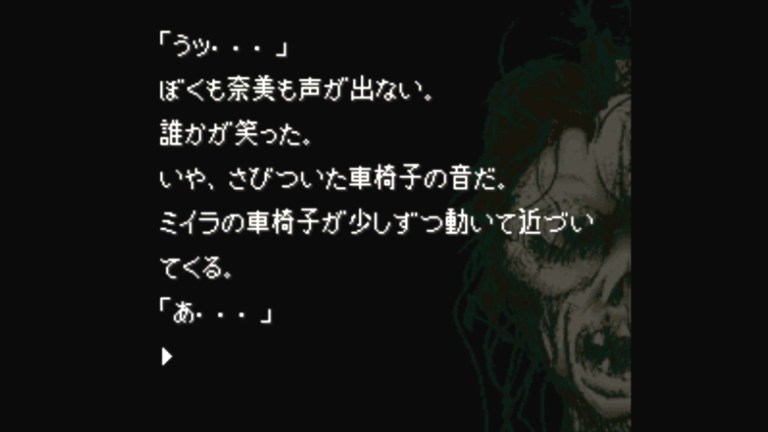
Games Based On: Otogirisou is a text-based horror game that was released on Japan’s Super Famicom console in 1992. Gameplay consists of reading the on-screen text and making multiple-choice decisions throughout the story. The decisions alter the player’s progression and leads to multiple different endings. The game was described at the time as a “sound novel” because of the sound effects added to enhance the experience, and the style of play would later develop into the “visual novel” games that are still popular today. The story of Otogirisou is about a guy and a girl, Kohei and Nami, who have a car wreck during a storm and take shelter at a nearby mansion. No one seems to be home, so Kohei and Nami explore the house and have various spooky encounters.
Resident Evil (2002-2016)
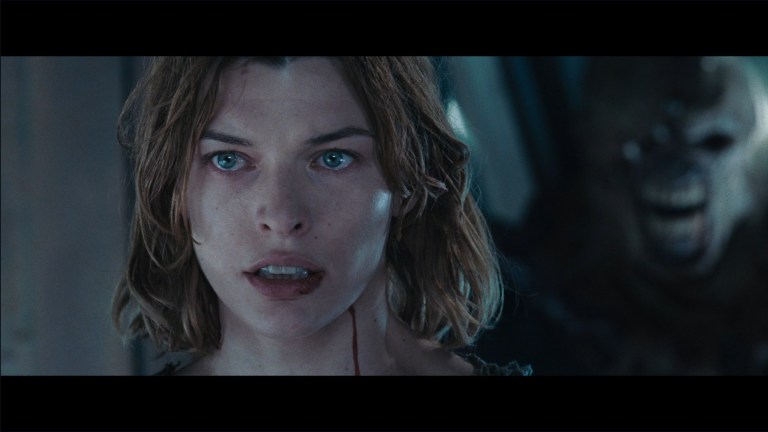
The Movies’ Plot: This series revolves around Alice, a new character created specifically for the movies. Alice begins the series with no memory of who she is, and she ends up being humanity’s last, best hope after the Umbrella corporation sparks a worldwide zombie/monster apocalypse. The movies often feel barely connected to the games they were inspired by, though many familiar characters and places do pop up throughout the series. These Resident Evil movies emphasize action over horror.
Movies in the Series:
- Resident Evil (2002)
- Resident Evil: Apocalypse (2004)
- Resident Evil: Extinction (2007)
- Resident Evil: Afterlife (2010)
- Resident Evil: Retribution (2012)
- Resident Evil: The Final Chapter (2016)

Games Based On: This first attempt at a live-action Resident Evil film franchise is very loosely inspired by multiple Resident Evil video games. Throughout the film series, the movies make references to games from Resident Evil (1996) to Resident Evil 6 (2012). The overall story of the series is long, but it generally involves a prolonged, worldwide fight against evil corporations, terrorism, and viruses that mutate living organisms into monstrous bio-organic weapons.
House of the Dead (2003-2005)
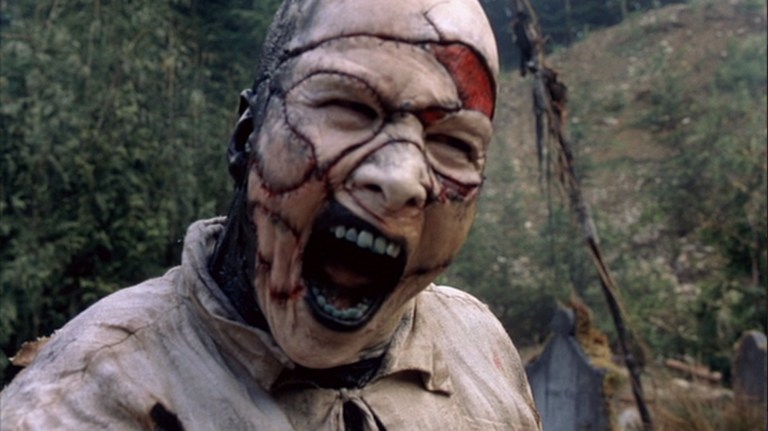
The Movies’ Plot: The first film was conceived as a sort-of prequel to the game franchise. However, the connections to the games are tenuous, and the movies are best treated as a completely separate story. The first movie is about a zombie outbreak on an island where a rave is taking place, and the sequel picks up a few months later when a new zombie outbreak occurs in and around Seattle. The first is a laughably bad zombie movie, making it the more watchable of the two… at least until about an hour into it.
Movies in the Franchise:
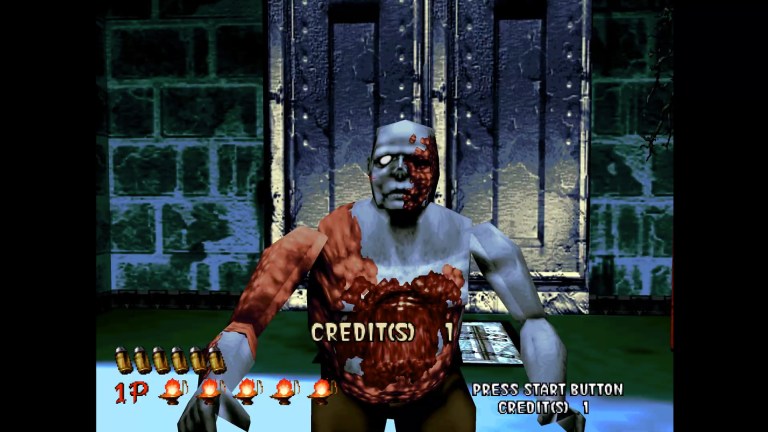
Games Based On: The movies are based on the House of the Dead games, which are light-gun shooters featuring lots of zombies and various other monsters. By the time the first House of the Dead movie was released in 2003, Sega had published three House of the Dead games. The movies are not faithful adaptations of the games, though efforts were reportedly made to make the second movie adhere more closely to the source material.
Doom (2005-2019)
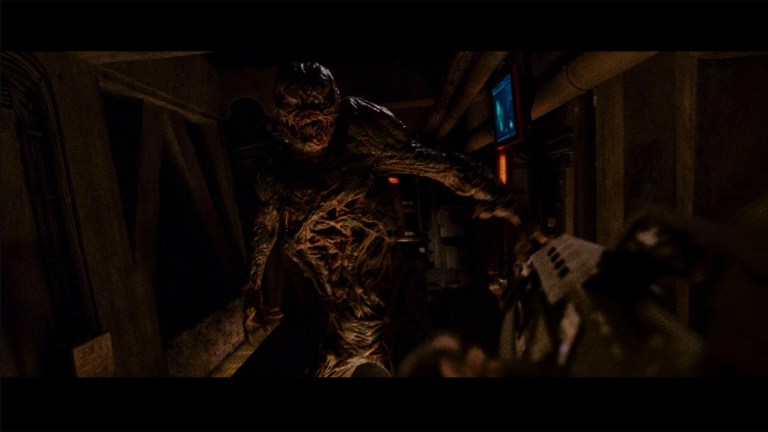
The Movies’ Plot: The two Doom movies both feature space marines fighting to contain an outbreak of monsters. The 2005 movie is set on Mars and deals with ancient Martian technology that can cause horrific mutations in living beings. Doom: Annihilation is set on Phobos, a moon of Mars, and it is about ancient portals from which monsters emerge. The films are not connected to each other, so they both work as standalone stories.
Movies in the Franchise:

Games Based On: The Doom franchise is a series of first-person shooter games in which the player blasts demons and monsters to prevent Hell on Earth. The first Doom movie from 2005 contains many elements from the game Doom 3 (2004), though neither film is really a direct adaptation of any specific game.
Alone in the Dark (2005-2008)
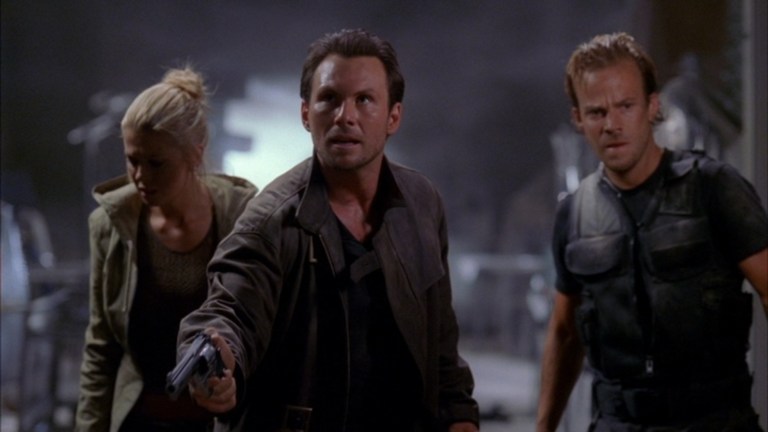
The Movies’ Plot: Alone in the Dark is about Edward Carnby (Christian Slater), a paranormal investigator who unravels a mystery about demonic creatures that are trying to take over the world. Alone in the Dark 2 is a sequel in name only, with a new cast and a standalone story about a witch-hunter (Lance Henriksen) teaming up with Carnby (Rick Yune) to stop a dangerous witch.
Movies in the Franchise:
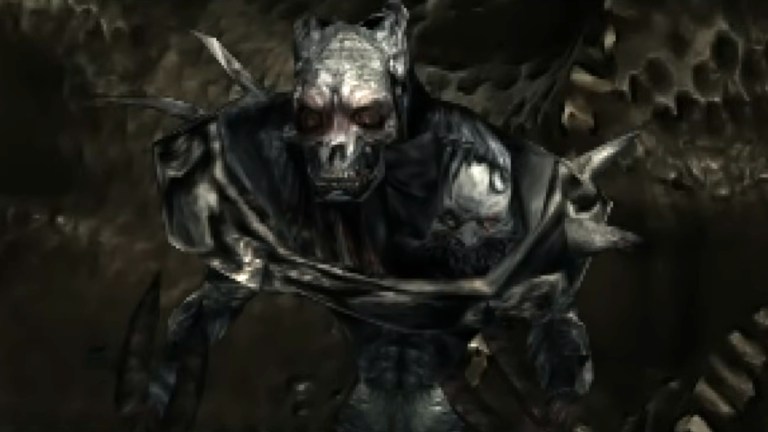
Games Based On: Alone in the Dark is a survival horror game series that began in 1992. The fourth main game in the series, Alone in the Dark: The New Nightmare (2001), is the basis for the 2005 movie, though the adaptation is loose. The movie Alone in the Dark 2 is generally inspired by the games without closely adapting any specific story.
BloodRayne (2005-2010)

The Movies’ Plot: The three films depict the battles of human-vampire hybrid Rayne across three different time periods as she fights against the forces of darkness. The first movie takes place in 1700s Romania, the second in 1880s America, and the third in 1940s Europe. The first movie is largely about Rayne on a path of revenge, and the sequels have Rayne fighting against threats including a vampiric Billy the Kid and a Nazi plan involving Rayne’s supernatural blood.
Movies in the Franchise:
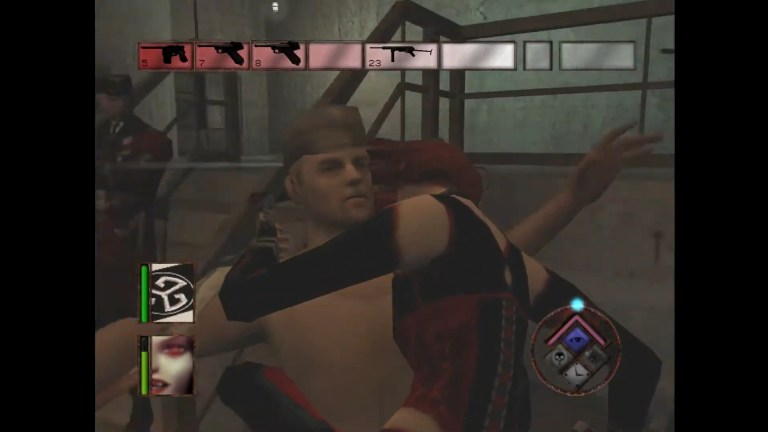
Games Based On: The BloodRayne video game franchise consists of two “hack and slash” action games and one side-scrolling platformer. The games put the player in control of Rayne, a dhampir (half-vampire) who works for a secret society that protects humanity from supernatural threats. The movies are only vaguely inspired by the games.
Siren (2006)
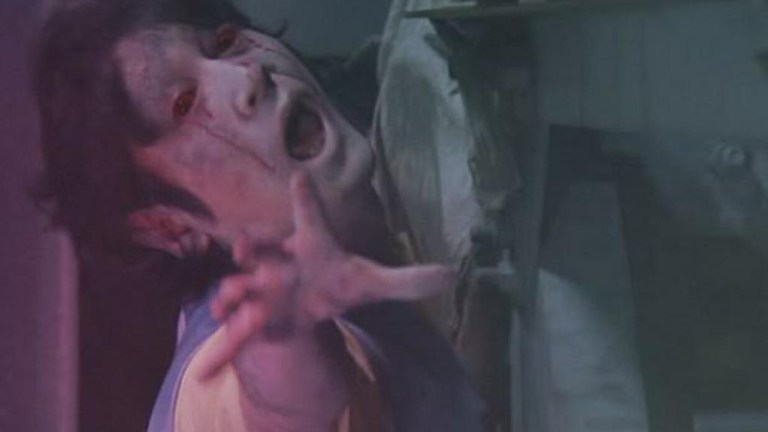
The Movie’s Plot: In 1976, all but one of the inhabitants of Yamijima island disappeared. The only person remaining issues an ominous warning, saying that when you hear a siren, don’t go outside. Three decades later, a family moves to the island and quickly begins having strange experiences and meeting even stranger people. Siren uses a combination of folk horror and supernatural spookiness to create an effective side story that works alongside the game franchise.
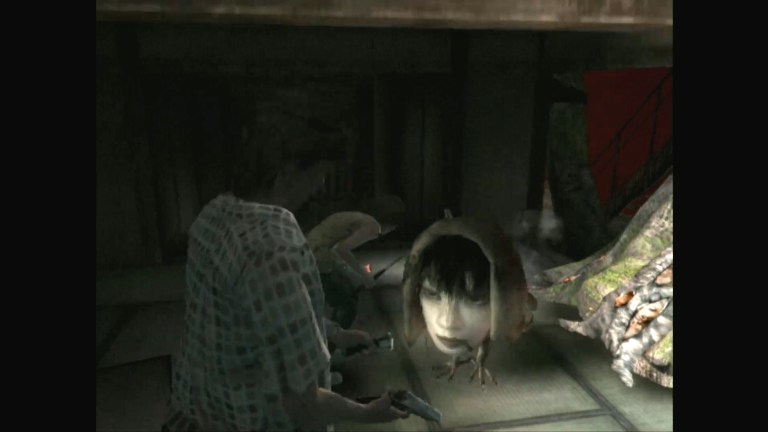
Games Based On: There are three games in the Siren franchise: Siren (2003), Siren 2 (2006), and Siren: Blood Curse (2008). Blood Curse is a reimagining of the first game, and Siren 2 was never released in North America. The movie is set on the same island that is featured in Siren 2, but the stories are different. So, the movie is not a direct adaptation of the game, but they could coexist in continuity.
Silent Hill (2006-TBA)
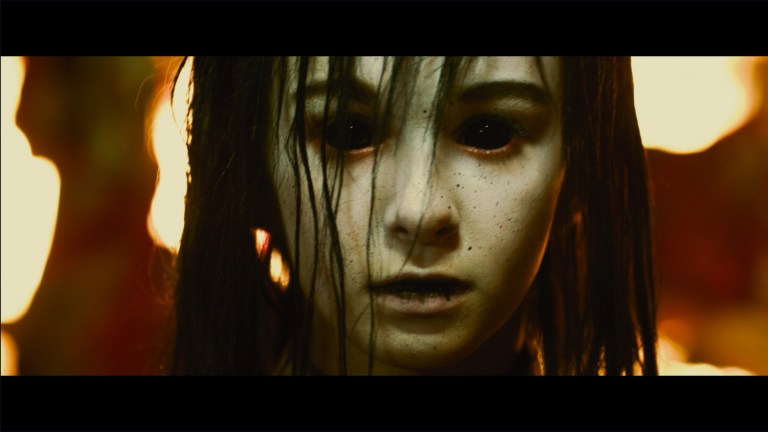
The Movies’ Plot: Silent Hill (2006) follows a mother, Rose Da Silva, who takes her adopted daughter, Sharon, to the abandoned town of Silent Hill to try to find out why Sharon has recurring nightmares about the place. Rose loses track of Sharon upon arrival, and Rose must fight for survival among monsters and a dangerous cult as she searches for her daughter. Silent Hill: Revelation is a direct sequel in which Sharon, now a teenager going by the name Heather Mason, returns to Silent Hill.
Return to Silent Hill is an upcoming reboot of the film series, and even though specific plot details remain unclear, it will be about a man, James Sunderland, who travels to Silent Hill in search of his dead wife.
Movies in the Franchise:
- Silent Hill (2006)
- Silent Hill: Revelation (2012)
- Return to Silent Hill (upcoming)

Games Based On: The Silent Hill video game series began in 1999 with the release of Silent Hill on the PlayStation. The 2006 movie is based on the first game, and Silent Hill: Revelation is based on the Silent Hill 3 (2003). However, the first two film adaptations are very loose. The stories are sufficiently different from the games, and the movies contain elements from multiple games in the franchise. Return to Silent Hill is based on the game Silent Hill 2 (2001), though it is not currently known how faithful of an adaptation it will be.
When They Cry (2008-2009)
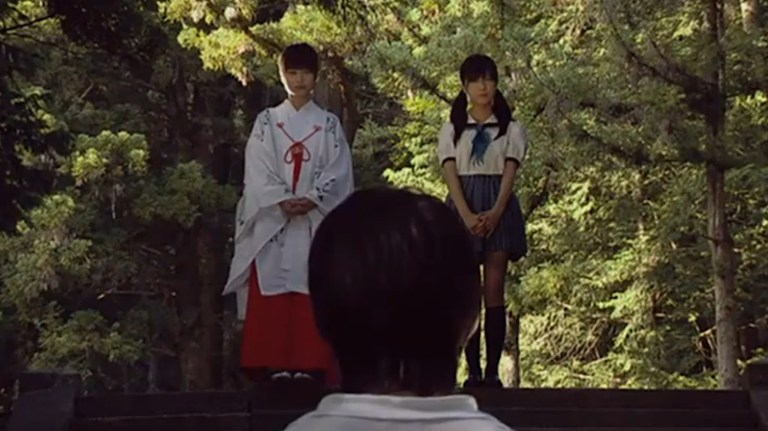
The Movies’ Plot: In the first film, When They Cry, young Keiichi moves to a remote village and befriends a small group of female classmates. Events lead him to becoming suspicious of his new friends and their possible involvement with a murder. The sequel tells a similar but “reshuffled” version of the events of the first movie, this time from the perspective of Keiichi’s classmate Rena.
Movies in the Franchise:
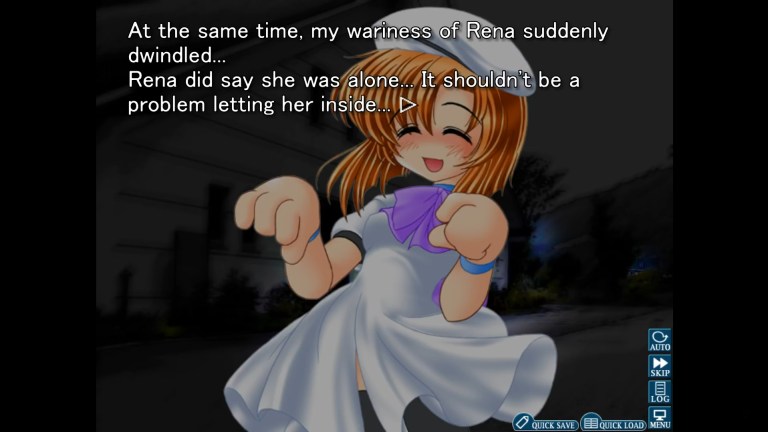
Games Based On: When They Cry (often referred to by its Japanese title Higurashi no Naku Koro ni) is a series of visual novels published in Japan beginning in 2002. The games are murder mysteries set in a small village in the early 1980s. Every year in the village of Hinamizawa after a particular festival, someone is found dead. Keiichi—a student who recently moved to the village—and his friends are drawn into the mystery which leads to paranoia and murder.
Dead Space (2008-2011)

The Movies’ Plot: The two animated Dead Space movies are each prequels to the first two main Dead Space games. Dead Space: Downfall takes place aboard a spaceship where an ancient artifact unleashes an extraterrestrial infection turning people into murderous, undead beings known as Necromorphs. In Dead Space: Aftermath, survivors of the team sent to investigate the colony where the Marker originated from are interrogated, retelling their stories and leading to the beginning of the game Dead Space 2.
Movies in the Franchise:
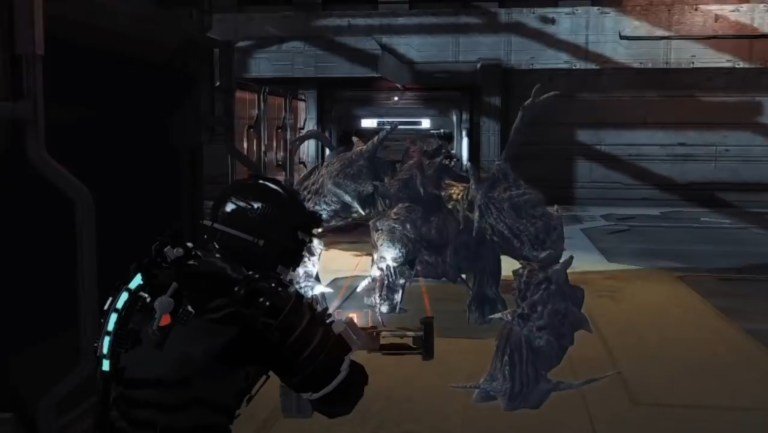
Games Based On: Dead Space is a media franchise of video games, animated films, comic books, and novels. The stories are interconnected across the franchise’s different mediums. The two animated movies take place in the same universe as the games, but they are not adaptations. Rather, the movies are additional stories that further expand the Dead Space universe. Downfall is a prequel to the original 2008 game, and Aftermath is set after the 2008 game.
Onechanbara (2008-2009)

The Movies’ Plot: The Onechanbara movies revel in low-budget action and horror, and they are set in an apocalyptic, zombie-infested world. The star of the show is Aya, a swordswoman who wears a bikini and a cowboy hat. In the first film, Aya is looking for her sister Saki in order to get revenge for a past indiscretion. The second movie, Vortex, features a different cast and crew, and it doesn’t really acknowledge the continuity of the first. In Vortex, Aya and Saki are fighting on the same side until the promises made by a new enemy begin to drive them apart.
Movies in the Franchise:
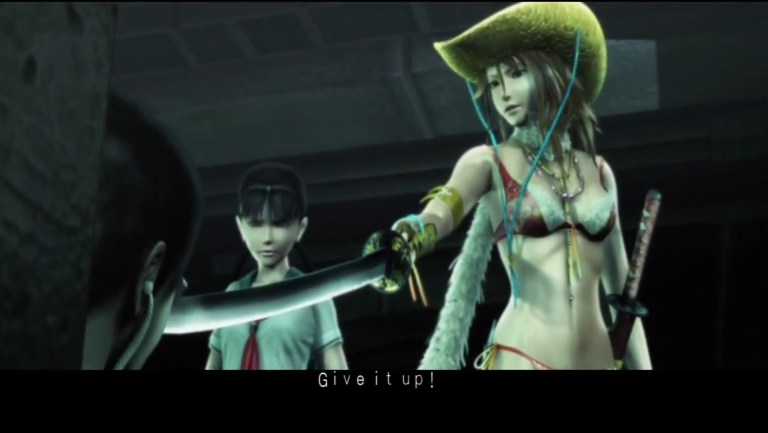
Games Based On: The plots of the Onechanbara games are fairly straightforward. The player controls various characters (with the bikini-clad Aya being the main character) as they hack and slash their way through hordes of zombies and other monsters until defeating the main enemy behind it all. The first movie is loosely based on the first game in the series, THE Onechanbara (2004), which didn’t receive a release in North America but was released in Europe in 2005 as Zombie Zone. The second movie is loosely based on the third main game in the franchise: Onechanbara Vortex: Inheritors of the Baneful Blood (2006), which came out in North America in 2009 as Onechanbara: Bikini Samurai Squad.
Resident Evil (2008-2023)
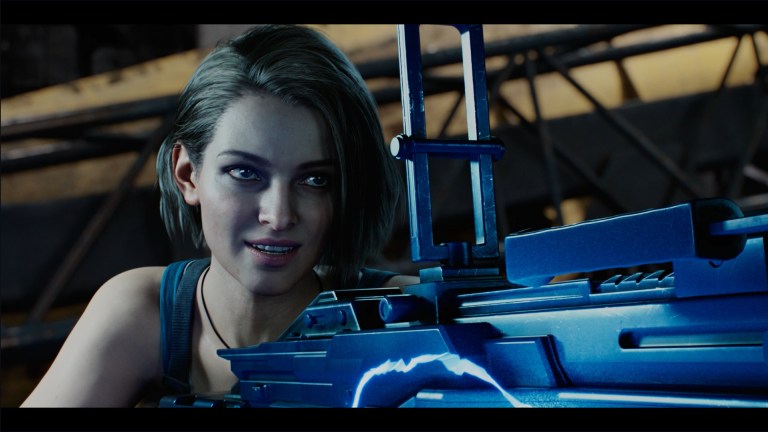
The Movies’ Plot: The animated Resident Evil movies are technically part of the same continuity as the games, but they aren’t necessary to understand the games. The movies are for fans of the franchise who want more, especially for fans who want more of Leon S. Kennedy. Leon plays a large role in every animated film, and he’s joined by other characters including Claire Redfield in the earlier movies, and Chris Redfield, Rebecca Chambers, and Jill Valentine in the later entries. The stories generally involve an investigation into some new conspiracy that leads to a lot of fighting and monsters.
Movies in the Franchise:
- Resident Evil: Degeneration (2008)
- Resident Evil: Damnation (2012)
- Resident Evil: Vendetta (2017)
- Resident Evil: Infinite Darkness (2021, Netflix series)
- Resident Evil: Death Island (2023)
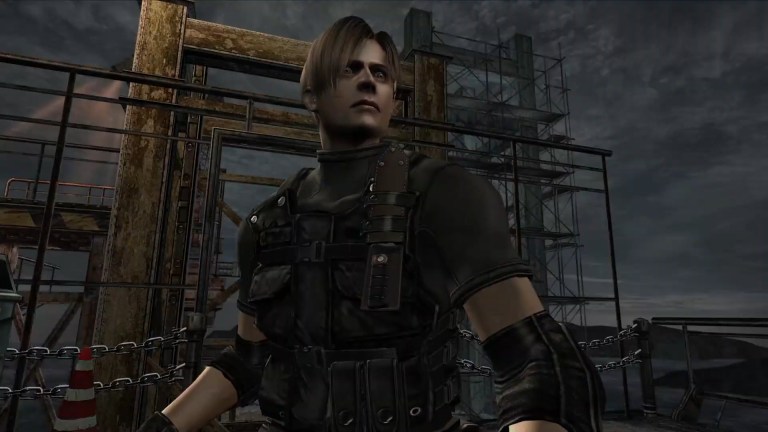
Games Based On: The animated Resident Evil movies are set within the universe created by the video games. As such, they are not adaptations. They are new stories that help connect the mainline games to each other. Degeneration takes place between Resident Evil 4 and RE5, Damnation is between RE5 and RE6, Vendetta is set after RE6, and Death Island is a sequel to Vendetta which takes place before RE7. The animated series, Infinite Darkness, is set between the movie Degeneration and the game RE5.
Dante’s Inferno: An Animated Epic (2010)
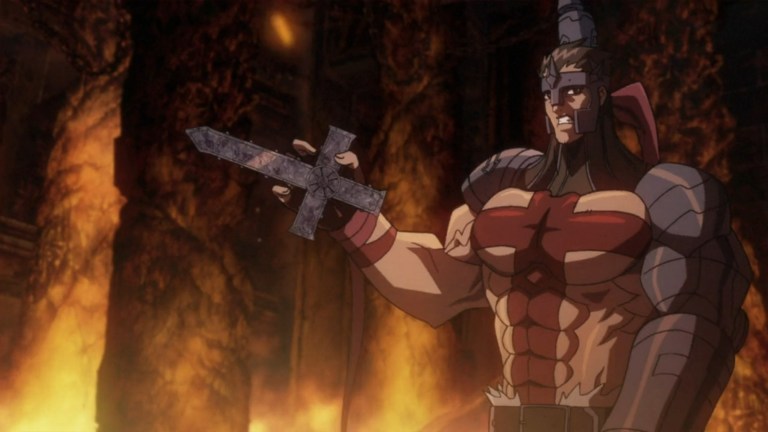
The Movie’s Plot: Dante’s Inferno: An Animated Epic follows Dante, a Templar knight who follows Lucifer into Hell in order to save the soul of his beloved Beatrice. As he treks through the nine circles of Hell, he is confronted with his own sins. He is also confronted with numerous enemies that he must hack and slash to pieces as he continues on his quest. Interestingly, the movie was constructed using the work of six different animation studios, and the multiple changes in art style are drastic.
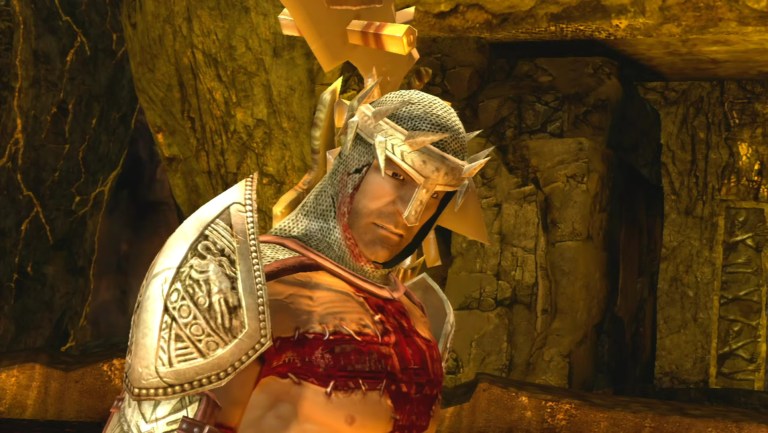
Games Based On: Dante’s Inferno takes Dante Alighieri’s classic tale of a descent into Hell and completely reshapes it into an action-packed, ultra-violent story. The movie loosely follows the plot of the game, though there are some noticeable differences between the two.
Zombrex: Dead Rising Sun (2010)
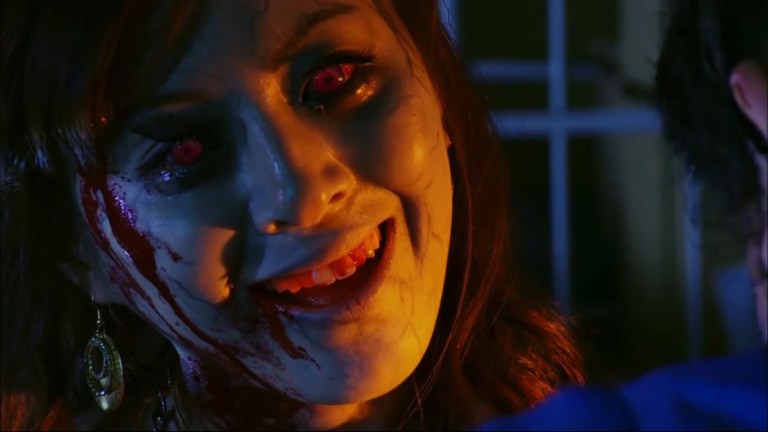
The Movie’s Plot: When their city is quarantined due to a zombie outbreak, two brothers search for a safe place to run to. After being turned away from multiple shelters, they end up trying to spend the night in a warehouse where they run into trouble with the people already staying there. Now they must make a decision: go back out into the zombie-filled streets, or stay and fight for their survival.
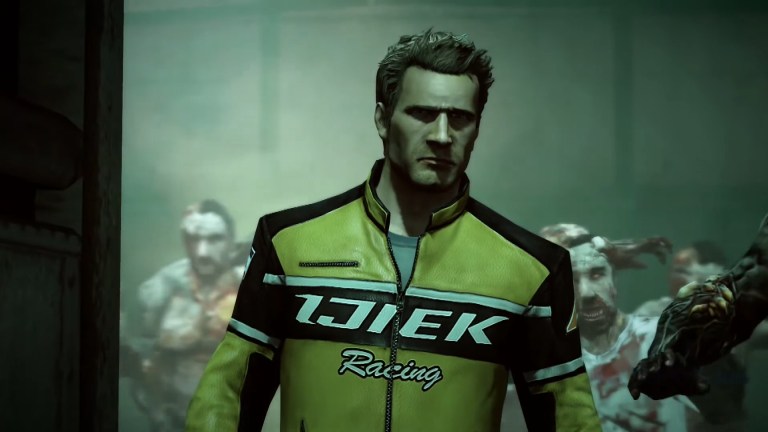
Games Based On: Zombrex: Dead Rising Sun doesn’t adapt any of the Dead Rising games. Instead, it’s more of an homage to the series that uses recognizable aspects of the first two games. The zombies’ red eyes, the putting-together of elaborate weapons, the “psychopath” enemies, and even Zombrex all make appearances in the movie. But, since one of the characters can be seen playing Dead Rising 2 early in the film, it’s clear that the movie does not fit into the continuity of the video games.
Zombie Massacre (2013)
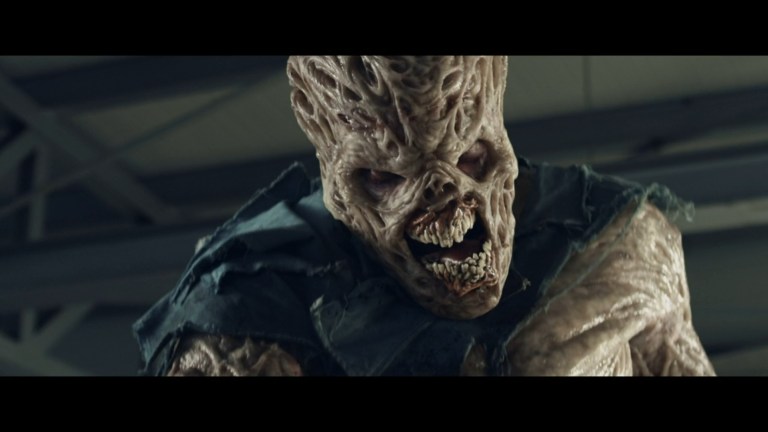
The Movie’s Plot: Uwe Boll served as producer on this zombie action-horror movie about a team of mercenaries hired by the United States government to drive a bomb into a zombie-filled city in Romania. The bomb is meant to destroy all evidence of the existence of the U.S. military facility in the region, a facility that accidentally created the zombie outbreak. The mercenary delivery dirvers—being loose ends—aren’t meant to survive their mission. Zombie Massacre isn’t great, but it’s okay for forgiving fans of low-budget action-horror.
Games Based On: Zombie Massacre was being developed by a studio called 1988 games. The intention was to release the game and the movie as close together as possible, but the game was never released. Zombie Massacre would have been a driving/shooting game in which up to four players cooperate to drive/escort an armed nuclear bomb to the heart of a city overrun with zombies. DMX was even going to be in the game. But… Zombie Massacre was never released. So now we’re just left with the movie version.
Fatal Frame (2014)

The Movie’s Plot: Aya is the most popular student in an all-girls Catholic school. The other girls all love Aya, but she has locked herself alone in her room for an unknown reason. As the days go by with Aya in her self-imposed isolation, an increasing number of her fellow students go missing amid rumors of a curse that girls can put on each other. What does this have to do with Aya’s isolation? And what about an eerie photograph of Aya passed around among the students, and of the ghostly presence walking the school’s hallways? That is a mystery that another admirer of Aya’s, Michi, finds herself attempting to solve before she becomes the next student to disappear.
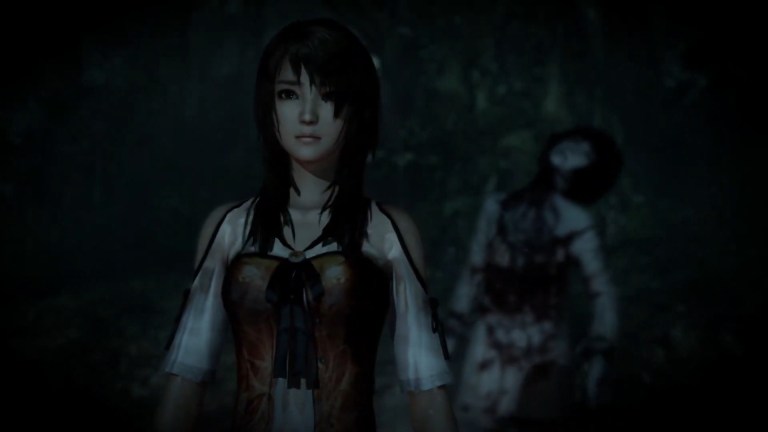
Games Based On: The Fatal Frame game series (titled Zero in Japan and Project Zero in Europe and Australia) consists of five main games released between 2001 and 2014. In each game, the player uses a camera—the Camera Obscura—to capture and exorcise malevolent spirits. However, the film version of Fatal Frame isn’t based on any particular game. Instead, the movie is an adaptation of a novel titled Zero: A Curse Affecting Only Girls, which is very loosely inspired by the video game franchise.
Death Forest (2014-2016)

The Movie’s Plot: Death Forest is a series of five low-budget Japanese horror movies produced rather quickly. The first movie was released on December 20, 2014 (just months after the original release of the game), and the fifth film was released on September 3, 2016. The movies all involve people in various settings trying to survive deadly attacks from creepy, pale monsters. The first movie is set in Aokigahara, but other movies take place in locations including a school (movie 2) and the city of Shibuya (movie 5). Connecting all five movies is the character Kazuki Uchida, a journalist who becomes obsessed with the monsters of the forest.
Movies in the Franchise:
- Death Forest (2014)
- Death Forest 2 (2015)
- Death Forest 3 (2015)
- Death Forest 4 (2016)
- Death Forest 5 (2016)
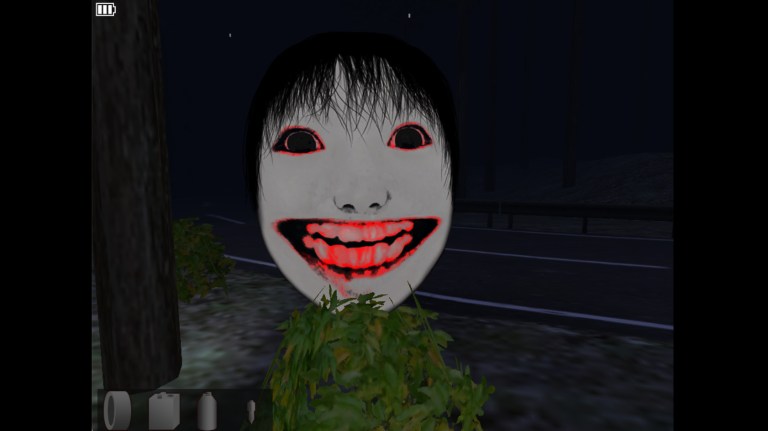
Games Based On: Death Forest is a free game published in July of 2014 by an indie developer called Kazz. The premise of the game is that the player’s motorbike (a scooter, really) breaks down in Aokigahara forest at night, and they must find items to get it running again. With only a flashlight in hand, the player treks through the woods while avoiding spooky monsters. If you’re caught, it’s game over. The movies all use the main character of the game, Kazuki Uchida, though the stories don’t always focus on him. The monsters Yoshie, Stranger, and Stalker are also used in the movies.
Ao Oni (2014-2017)
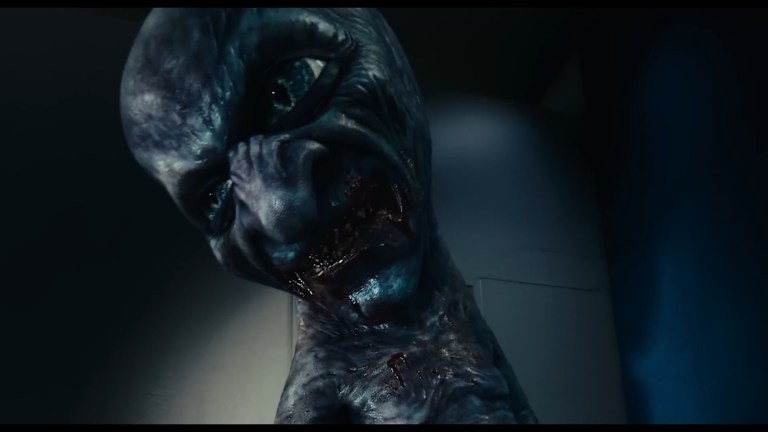
The Movies’ Plot: The first movie follows a group of high-school students as they enter an old building known as the “jailhouse.” The leader of the group—a bully named Takuro—is there to hide something, and he is joined by four of his classmates. A girl named Anna follows the group into the house, and all six teenagers become trapped inside with a big-headed monster intent on killing them all in horribly gory ways. The second movie, Ao Oni ver. 2.0, is essentially a reboot, telling a similar story of teens trapped in a house with a big purplish monster. The same six characters from the earlier movie are in ver. 2.0, but they are different versions of those characters. Ao Oni: The Animation (2017) is a big departure from the franchise, focusing on a group of students researching a legend and its possible connection to the Ao Oni video game.
Movies in the Franchise:

Games Based On: The Ao Oni games are based on avoiding different versions of the titular monster, the Ao Oni, while solving puzzles to progress the story. The live-action movies are based on the basic premise of the first game in which teenagers are locked inside a large house. The first two movies also adapt many elements introduced in the novels that were inspired by the games. Specifically, the movies include characters named Shun and Anna who were introduced in the first novel (published in 2013) and don’t appear in any of the official games. The movies also use character traits from the novels. The second movie even utilizes the designs used in illustrations for the books as a basis for the live-action characters’ costuming.
Dead Rising (2015-2016)
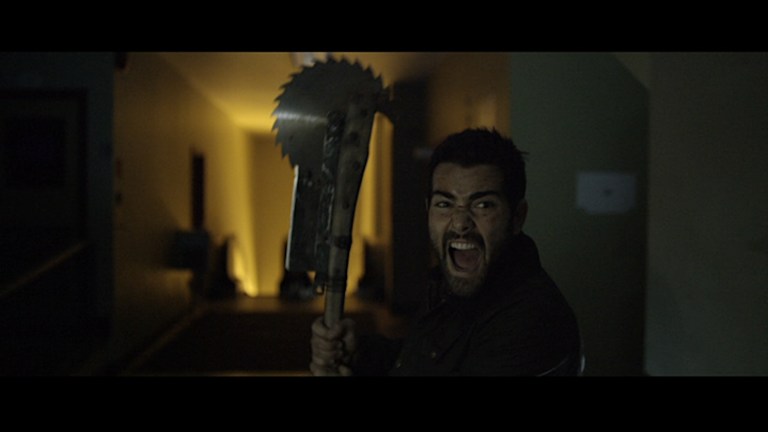
The Movies’ Plot: In Dead Rising: Watchtower, the city of East Mission, Oregon, is quarantined because of a zombie outbreak. Within the quarantine zone of Chase Carter, a journalist who is looking for a new, exciting angle on this zombie outbreak, the third such event in the past decade. Chase gets more than he wanted when the drug used to inhibit the transition of humans into zombies fails to work, and the quarantine zone becomes a bloodbath. The sequel, Dead Rising: Endgame, follows after the events of the previous movie, as Chase continues to try to reveal the conspiracy behind the most recent zombie outbreak.
Movies in the Franchise:

Games Based On: The movies are original stories set within the universe of the games. Even though the two movies aren’t canon within the video game franchise, if they were canon they would be set between the games Dead Rising 2 and Dead Rising 3. Dead Rising is a series of action games that puts the player in a location overrun with hordes of zombies. The player has a set time period that they must survive to reach the end of the game, and during that time they are tasked with multiple missions that can be missed if not done in a timely manner. The endings of the game depend on the missions completed. A big part of the games is also the construction of various weapons pieced together by various objects, and this play mechanic is represented in the movies.
Corpse Party (2015-2016)
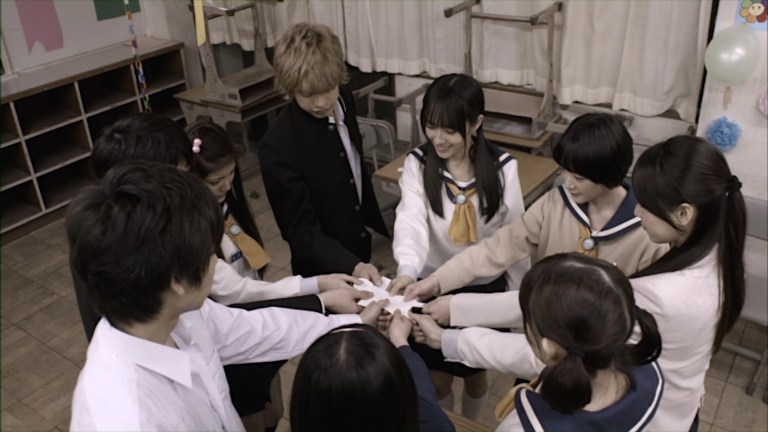
The Movies’ Plot: With graduation approaching, a group of high-school acquaintances perform a ritual meant to unite them as friends forever. Instead, the ritual transports them all to a hellish school where vicious spirits roam the halls, waiting for the chance to kill anyone who enters their domain. In the sequel, the survivors of the first movie find a way to return to the school where their friends were killed with the hope of changing the past. There, they find other trapped students, as well as a deeper mystery involving the spirits trapped inside the school.
Movies in the Franchise:

Games Based On: The two movies are inspired by the first two main games in the franchise, Corpse Party and Corpse Party: Book of Shadows. Though there are differences, the movies include many direct references to the games. The first game involves exploration, puzzle solving, and chase sequences from a top-down perspective. Book of Shadows goes for a “visual novel” style, making it more of a point-and-click game.
It Came from the Desert (2017)
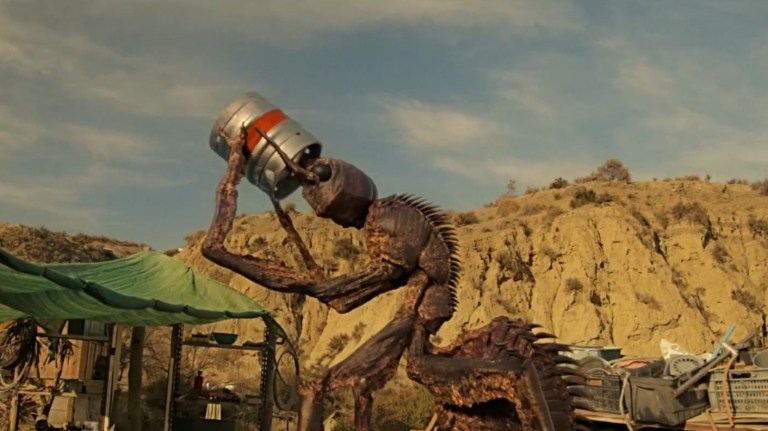
The Movie’s Plot: Lukas and his friend Brian head out to the desert to celebrate Lukas’s recent motocross victory. Along for the ride is Brian’s crush Lisa, and the three of them stumble upon a hidden bunker where experiments involving giant ants took place. They realize the ants have escaped, and the trio go out to warn the nearby partiers that they are in imminent danger. It Came from the Desert feels a lot like any number of other cheesy b-monster-movies, and it can be fun enough for fans of that particular genre.
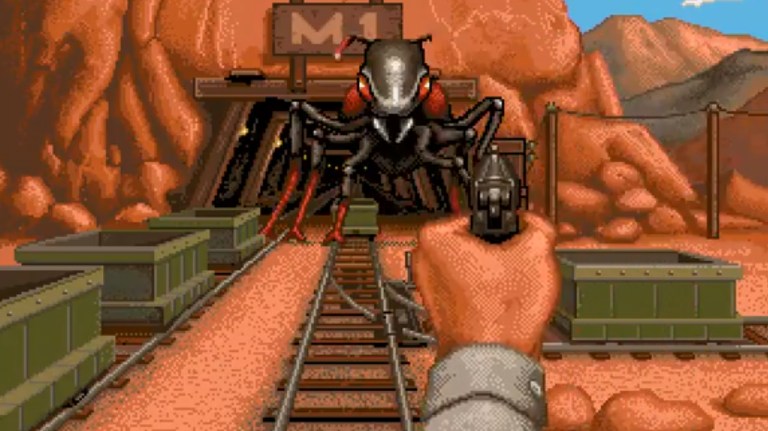
Games Based On: In the video game It Came from the Desert, players take the role of Dr. Greg Bradley who has arrived in a small desert town to investigate a meteor that recently fell to earth. It soon becomes clear that radiation from the meteorite caused ants to grow in size, and the player must convince the local townsfolk of the existence of the giant ants so they can band together and fight back. Since the game is set in 1951, and the movie takes place in 2018 while referencing a meteor incident from decades earlier, the movie could be considered a sequel to the game.
Dead Trigger (2017)
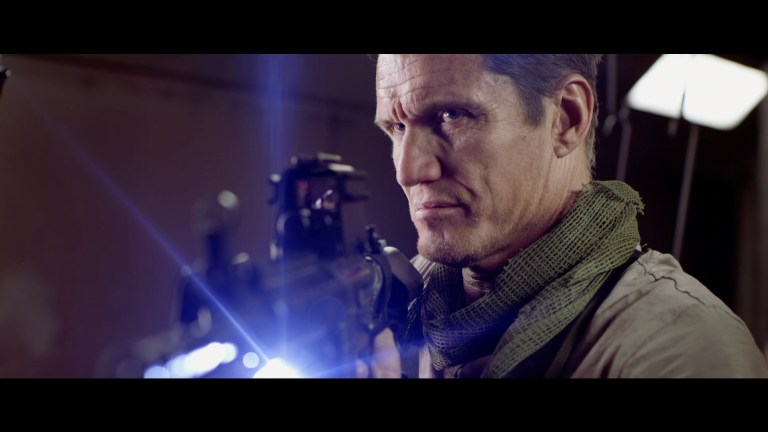
The Movie’s Plot: Dead Trigger is low-budget action-horror at its most generic. Five years ago, zombie outbreaks began occurring. The quest for a cure leads to a rescue mission in the heart of a city overrun with the undead. Sent on the mission is a group of untested soldiers who are part of an initiative that uses a virtual reality video game—titled Dead Trigger—to identify potential new recruits.
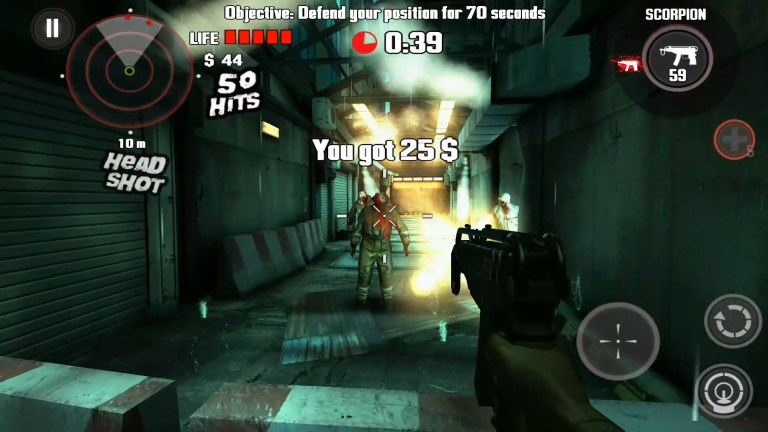
Games Based On: The first Dead Trigger game was released on mobile devices in 2012. It is a first-person shooter putting players inside a zombie-infested city. While blasting zombies, the player discovers a group of survivors who they help through various missions. The movie uses elements from the game—including some of the character names and the name of the survivors’ group, New Hope—but it’s not a direct adaptation of the game.
Detention (2019)
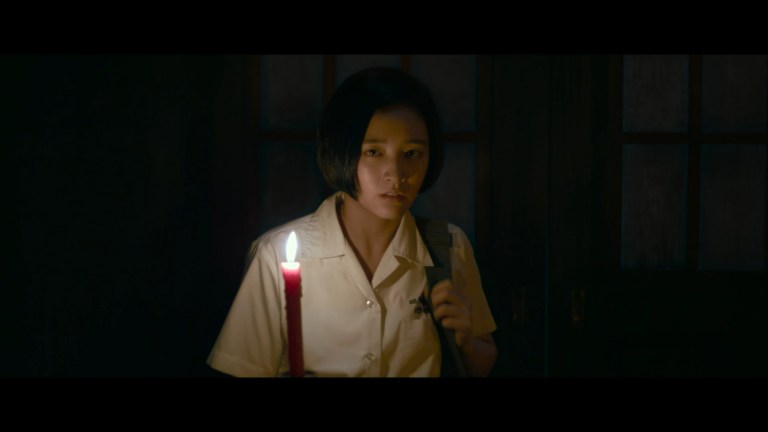
The Movie’s Plot: Set during the decades-long era of repression and authoritarian rule in Taiwan known as the “White Terror,” Detention tells the story of two high-school students—Ray and Wei—who find themselves trapped inside a nightmare version of their school. It is nighttime, the school is decrepit, and dark entities roam the hallways. As Ray and Wei try to find an escape, they are forced to confront painful realizations about why they are being tormented in this way. Detention is one of the best live-action adaptations of a video game. It’s a very good movie on its own, and it is remarkably close to its source material in terms of tone.
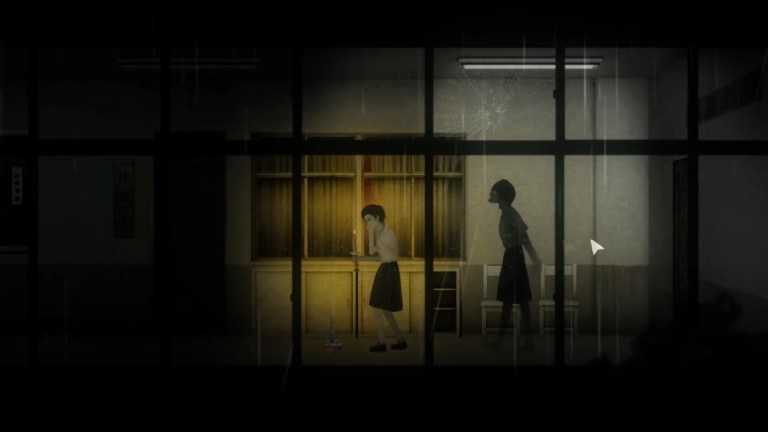
Games Based On: Detention is a 2017 Taiwanese point-and-click adventure game that requires exploration, puzzle solving, and escaping from various supernatural enemies. The movie adapts the story of the game rather closely.
DreadOut (2019)

The Movie’s Plot: A group of teenagers explore an abandoned apartment building to livestream their spooky experiences and boost their online follower counts. While inside, they accidentally open a portal to a hellish dimension filled with evil spirits. Two among the group fall into the portal, and one of them, armed only with her phone’s camera and flash which are surprisingly effective against the spirits, tries to find a way back home.
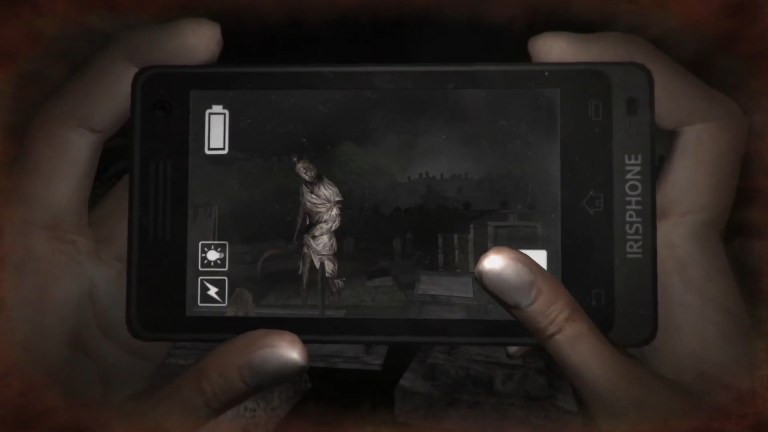
Games Based On: At the time the movie was released, the original DreadOut (2014) and DreadOut: Keepers of the Dark (2016) were both available. Both games feature a character named Linda as the protagonist. The main character of the movie is also named Linda, but the live-action film takes broad inspiration from the first DreadOut game without being a direct adaptation of its story. In the games, the player uses Linda’s phone to photograph spirits which drains them of their energy. There are currently three DreadOut games, all of which are from Indonesian developer Digital Happiness.
Werewolves Within (2021)
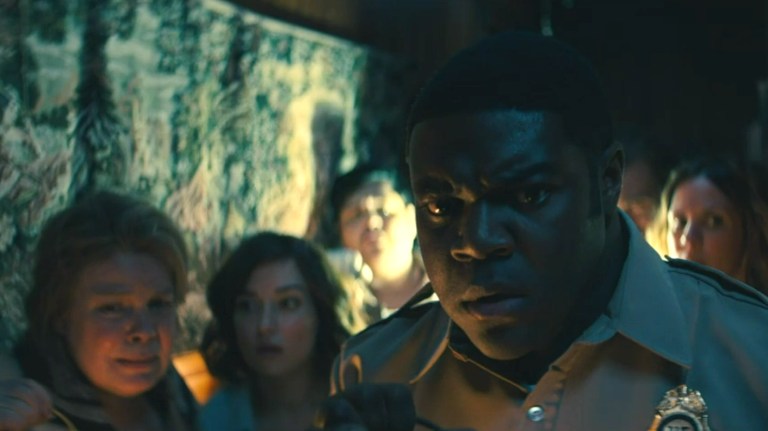
The Movie’s Plot: The movie version of Werewolves Within is sort-of similar to the basic idea of the game, though this adaptation is definitely more “inspired by” than “based on.” Set in modern times in a small town isolated by a snowstorm, local residents conclude that someone among them is a werewolf. As the bodies pile up and the townsfolk grow increasingly antagonistic towards each other, the dwindling number of survivors close in on the lycanthrope… or maybe it’s closing in on them.
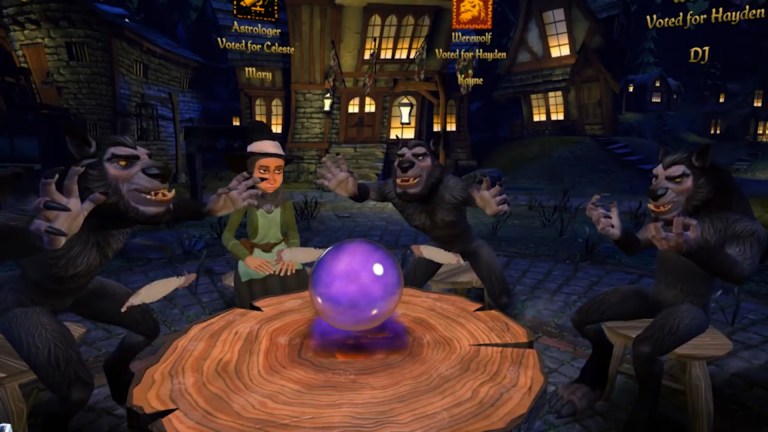
Game Based On: Werewolves Within is a virtual-reality social deduction game published by Ubisoft in 2016. Set in a medieval village, players are secretly assigned roles as werewolves, villagers, and various other specialized character types with specific abilities. Players then talk with each other and try to determine who has which role before voting on who to eliminate according to their own assigned criteria for victory.
Resident Evil: Welcome to Raccoon City (2021)

The Movie’s Plot: Resident Evil: Welcome to Raccoon City follows Claire Redfield and Leon S. Kennedy as they try to escape the Raccoon City police station during a zombie outbreak. Meanwhile Chris Redfield, Jill Valentine, and Albert Wesker take part in an investigation of the remote Spencer Mansion. The movie is overstuffed with plot points and references, but it’s fun enough for a zombie-action-horror movie.
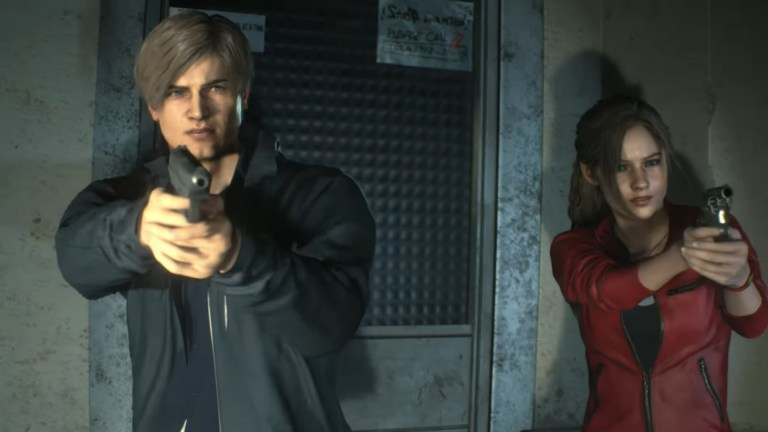
Games Based On: The Resident Evil franchise, specifically taking most of its story elements from Resident Evil (1996 & 2002) and Resident Evil 2 (1998 & 2019), though longtime fans will spot references to other games in the franchise. Many creative liberties were taken to make the stories of multiple games fit into a single movie.
Five Nights at Freddy’s (2023)
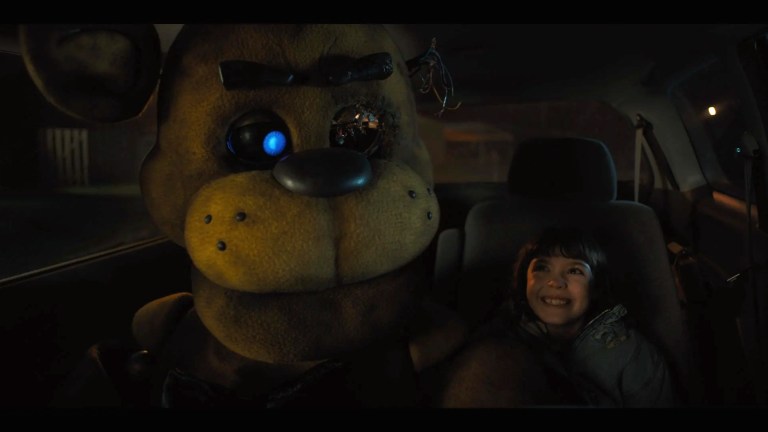
The Movie’s Plot: Five Nights at Freddy’s follows a similar plot to the first game in which Mike Schmidt (Josh Hutcherson) is hired as an overnight security guard at Freddy Fazbear’s Pizza. The film incorporates some of the deeper lore seen in the later games in the franchise, though certain parts were altered when bringing the games into live action. Overall though, fans of the games seemed to accept the movie as a worthy adaptation.
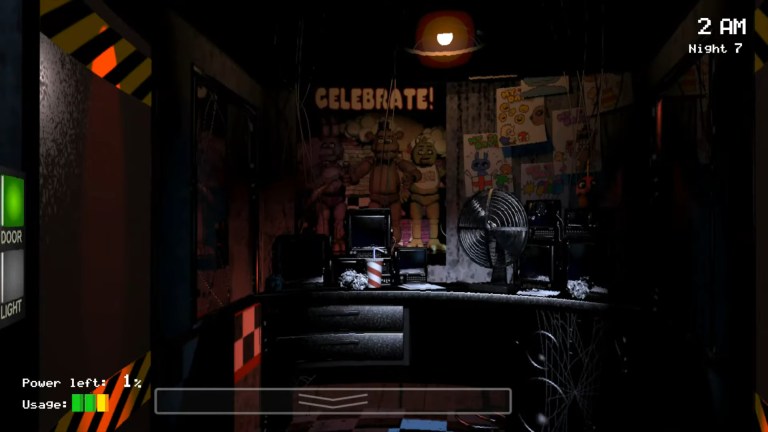
Games Based On: The first Five Nights at Freddy’s game was released on PC in August of 2014. The game puts the player in the role of a security guard working the night shift at a family entertainment center where the animatronic characters come to life at night. From the security room, the player tries to survive consecutive nights by tracking the movements of the anthropomorphic animal characters using security cameras, and by protecting themselves with electronic doors while managing a limited amount of electricity.
